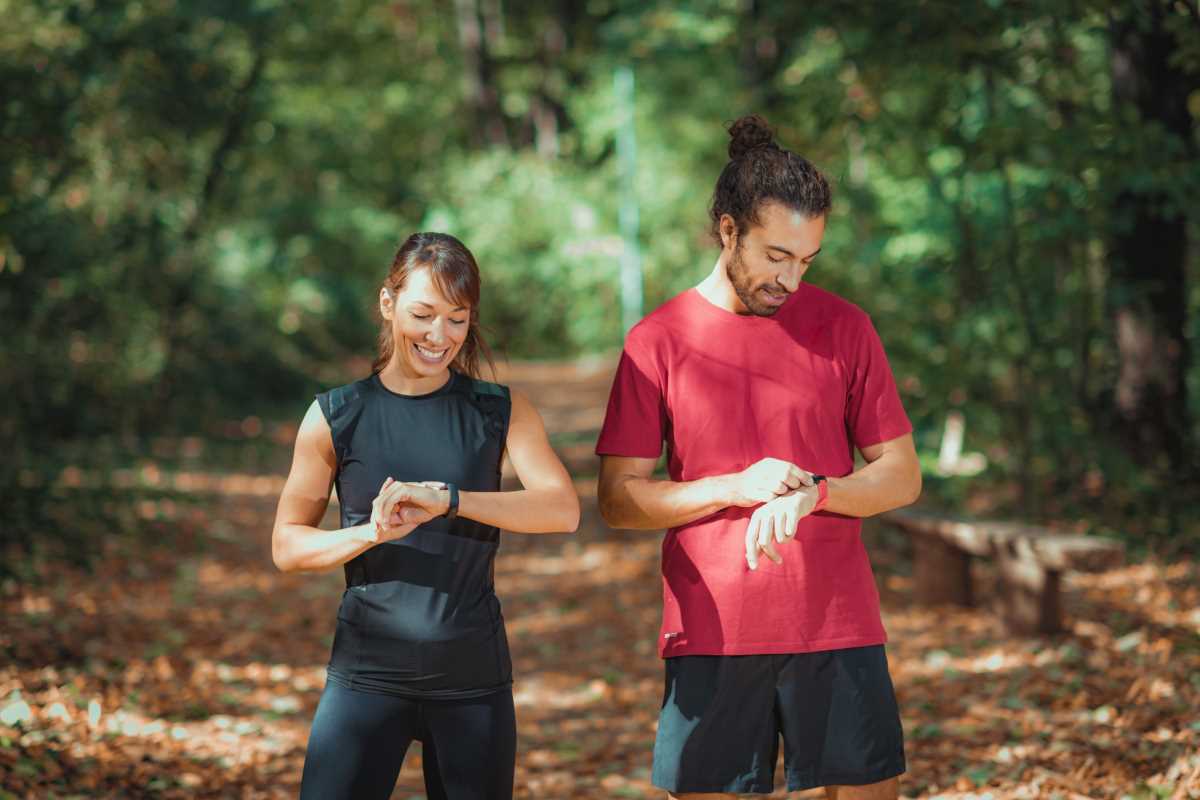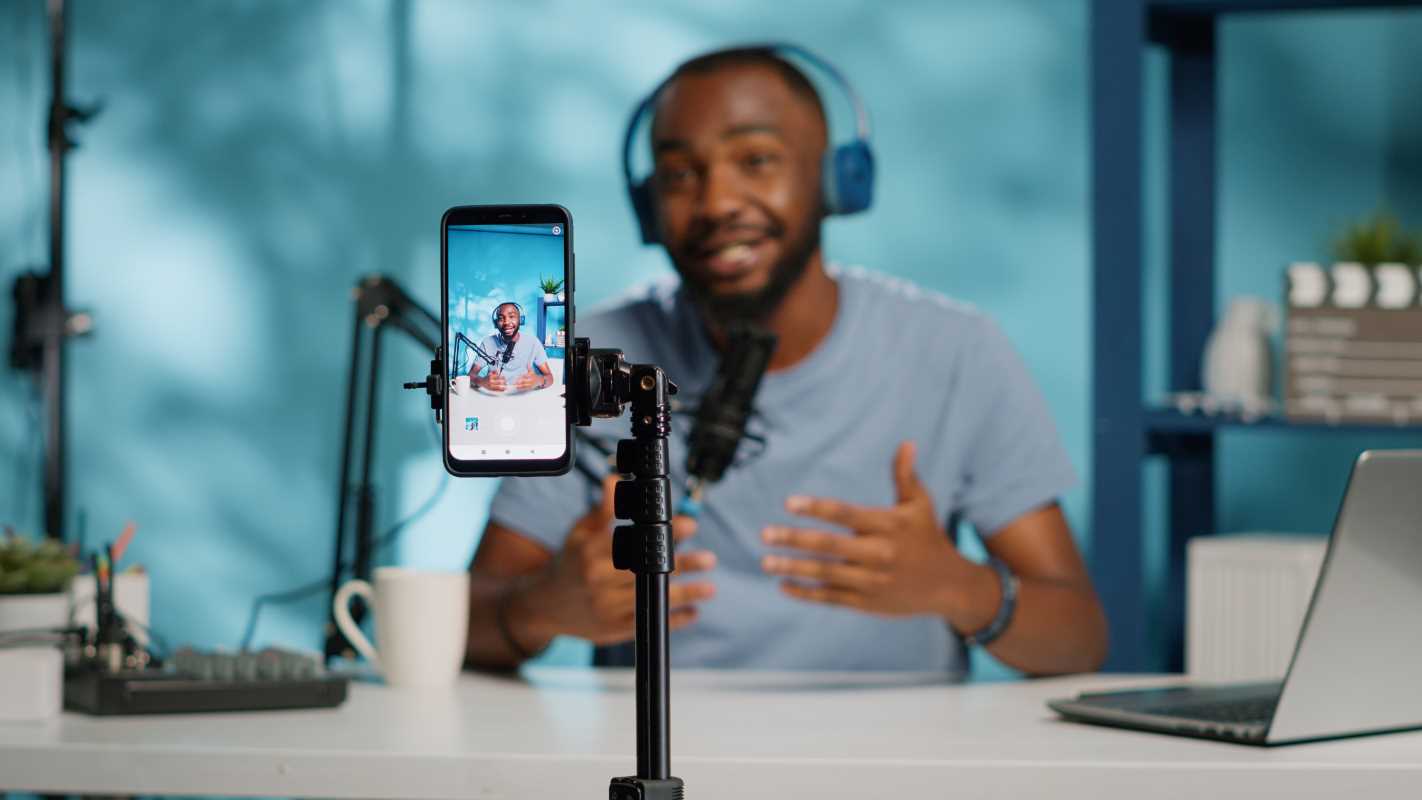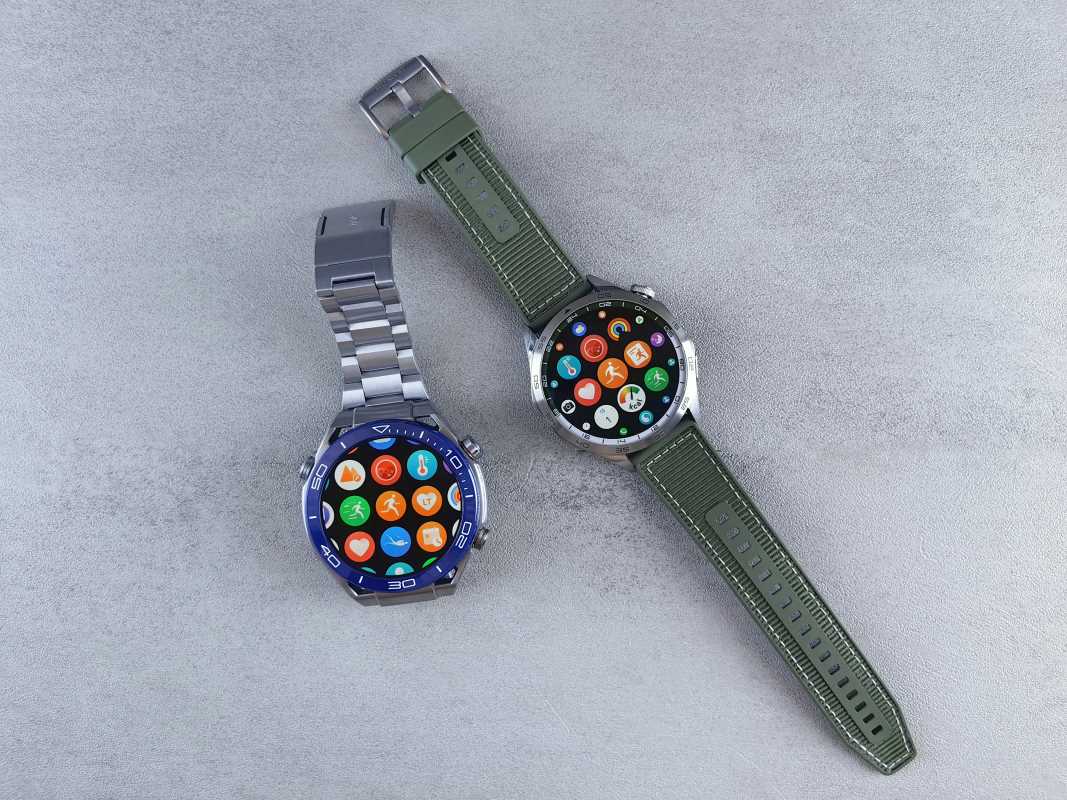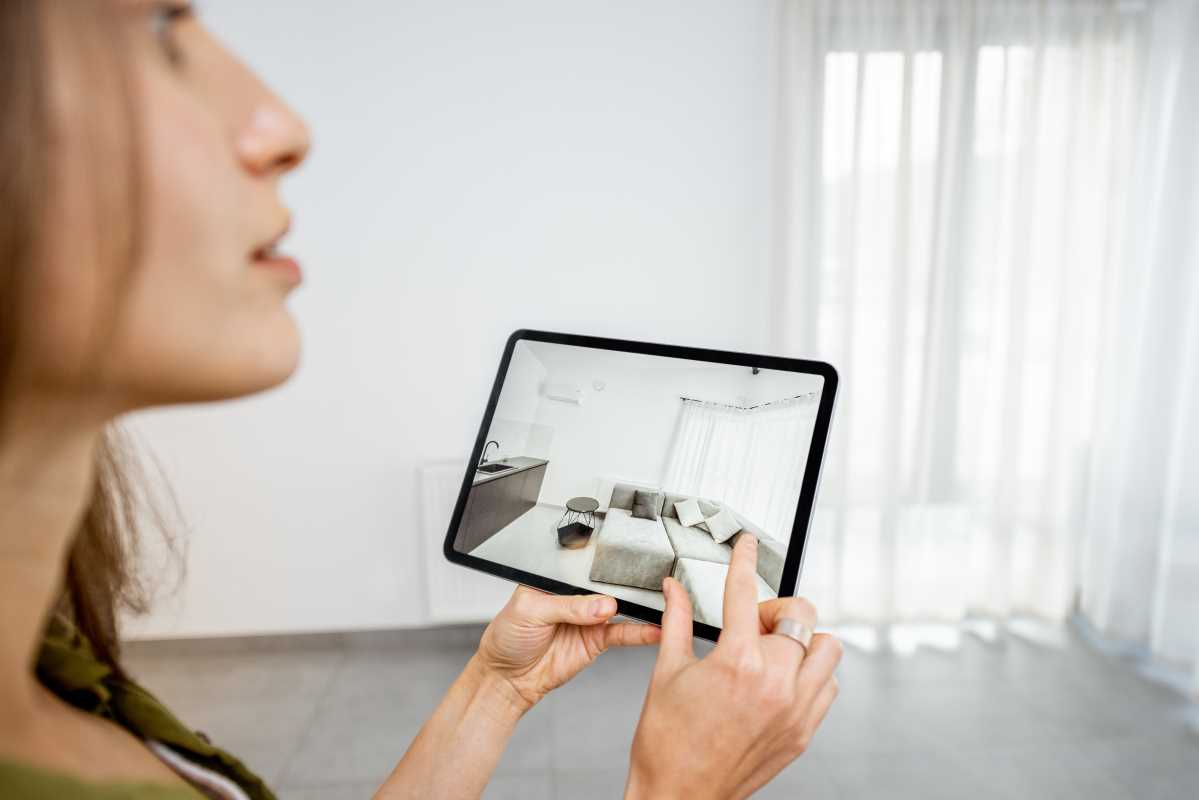Reliable feedback and smooth integration form the backbone of any successful active routine. When wearable trackers adjust to different types of workouts and everyday activities, people can translate their data into practical prompts that help them set new challenges and keep their goals in focus. With so many options available, choosing the right gear can feel overwhelming. This guide offers a closer look at what to consider when selecting fitness devices and shares practical tips for making the most out of each Fitbit, Garmin, or Apple Watch. By understanding how to get the best performance from your devices, you can support your progress and keep your motivation high every day.
Whether you sprint on trails or switch between yoga flows and daily errands, the right tech stays out of the way while boosting motivation. You’ll discover nuanced considerations that go beyond specs, plus detailed instructions for setting up and fine-tuning top categories of gear.
Fresh Perspectives on Tracking Choices
Instead of focusing on headline features, think about how sensors interact with your unique movement patterns—whether you pivot, extend, or remain still. Calibration that adapts to shifting poses unlocks more precise metrics, increasing confidence in every stride or lift.
A second perspective examines how comfort influences consistency. Lightweight modules that contour to natural curves keep you engaged in training without constant adjustments. By prioritizing texture and form, you invest in devices that complement long sessions instead of creating hot spots or slippage. These fresh viewpoints turn gear from passive counters into partners that respond dynamically to both intense intervals and steady momentum.
Actionable Wearable Essentials
Heart Rate Monitor Band
- Purpose: Deliver real-time cardiac data for personalized pacing.
- Steps:
- Moisten sensor areas.
- Fasten snugly just below the chest bone.
- Pair via the device’s sync menu.
- Cost/Availability: $60–$90 for models with wireless support.
- Tip: Rotate placement slightly off-center to avoid chafing during longer runs.
Wrist GPS Tracker
- Purpose: Provide turn-by-turn route mapping while logging elevation shifts.
- Steps:
- Charge fully before first use.
- Select outdoor mode.
- Let satellite lock for 30 seconds prior to heading out.
- Cost/Availability: $120–$250 depending on multi-band support.
- Tip: Activate power-saving mode after three miles to extend battery without losing data.
Motion-Capture Clip
- Purpose: Register 3-axis movement and detect form breakdown.
- Steps:
- Snap onto your workout top at torso height.
- Launch the posture-check feature in the compatible app.
- Adjust sensitivity to filter extraneous shifts.
- Cost/Availability: Around $80, subscription-free data.
- Tip: Calibrate before warm-up sets to avoid skew from initial stretches.
Smart Insoles
- Purpose: Track foot strike patterns and pressure zones with embedded sensors.
- Steps:
- Insert into preferred athletic shoes.
- Pair via Bluetooth under “footwear” in the tracker app.
- Update firmware monthly for improved algorithms.
- Cost/Availability: Entry-level around $150, premium $200+.
- Tip: Trim the top cover slightly if your shoes fit snugly to maintain sensor accuracy.
Recovery-Friendly Wearable Sleeve
- Purpose: Apply gentle compression while monitoring muscle temperature for cooldown feedback.
- Steps:
- Slide onto the target limb after activity.
- Engage thermal mapping in the companion dashboard.
- Leave on for the advised recovery window.
- Cost/Availability: About $70, no recurring fees.
- Tip: Place a thin moisture-wicking layer between skin and sleeve to minimize itch while preserving heat transmission.
Making App Connections Easier
Interoperability determines your ecosystem's success. Aim to sync only the streams you’ll use regularly, as too much input can create clutter and slow load times. Strategic pairing keeps dashboards decluttered and highlights what truly makes a difference.
Follow these steps to establish and maintain clear links between devices and platforms:
- Open each device’s settings menu and locate the “Connected Apps” section.
- Select only those fitness or health apps you access at least three times a week to prevent redundant syncs.
- Set manual sync schedules if you prefer batch updates over continuous background exchanges.
- Review permissions monthly to revoke access for any tools you stop using.
- Test the final sync by performing a quick 5-minute session and confirming that new data appears in all selected dashboards.
By trimming unnecessary data exchanges, you’ll enjoy faster load times and clearer insights aligned with your actual habits.
Lightweight Styles and Comfort Balance
Breathable straps and neutral colors make wearables comfortable and versatile for both workouts and daily wear. Clips or magnets provide flexibility without bulk, keeping tracking seamless across activities. With the right setup and style, your device supports an active lifestyle effortlessly.







